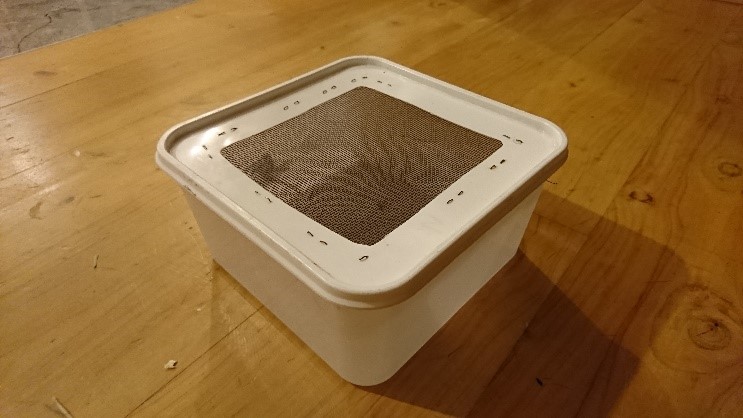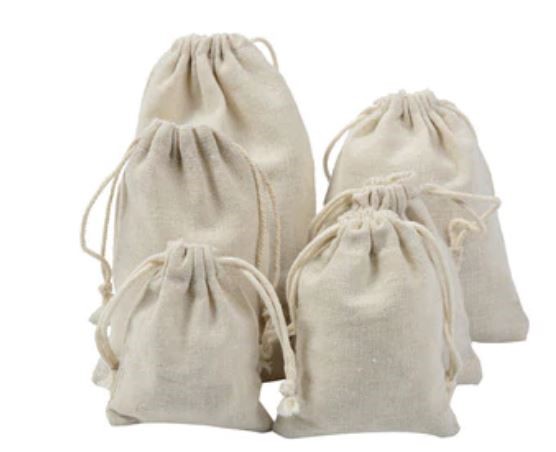Lizard swaps guidelines / protocols
All persons obtaining or rehoming native reptiles must have:
1. Your current permit / wildlife authority
2. A suitable transport enclosure.
Transportation of live lizards
-
A suitable transport enclosure should:
-
have a clip-on, breathable (e.g. mesh) lid (Figure 1(left)),
-
be furnished with either of the below:
-
light foliage that the lizard can hide in (avoid heavy objects such as rocks that can
slide around and injure the lizard), -
a breathable cloth bag that contains a maximum of one lizard (Figure 1 (right)).
-
-
carry no more than one adult lizard (few small juveniles <1 yr old is OK).


Figure 1. Left: a container with a clip-on, breathable lid. Right: breathable cloth bag
- Transporting live lizards from a lizard holder:
- Once within a breathable container (see above), lizards should be kept in a cool location for the duration of transport.
- Lizards should have access to water where transport is likely to take more than a few hours.
All Lizard rehoming should be undertaken over the warmer months from September to May.
Lizards should not be rehomed over June, July and August. We know that rehoming is stressful on animals anyway, so where we have to, we should rehome when lizards are most active and able to cope with stress.
Over winter, reptiles have reduced metabolic activity and are less capable of coping with stress. Increased stress can lead to:
- Being significantly more prone to disease. Diseases can spread to other lizards.
- Other changes in behaviour (which can also encourage disease)- withdrawn, lower activity, increased aggression, reduced food intake.
- Death
